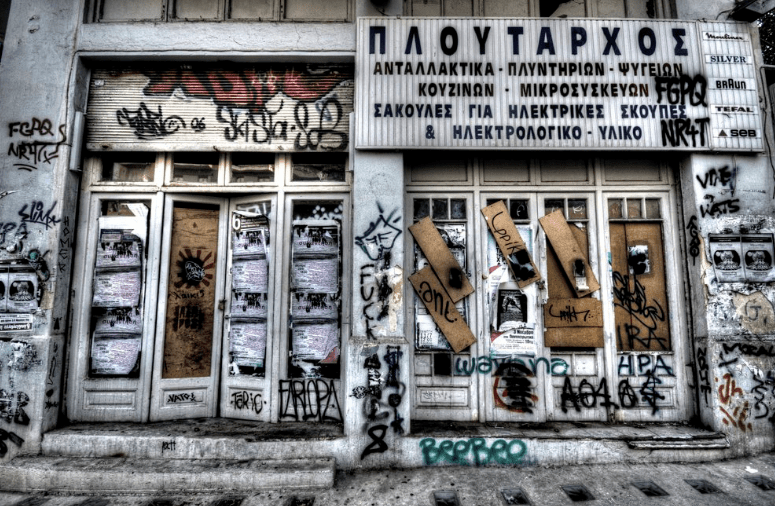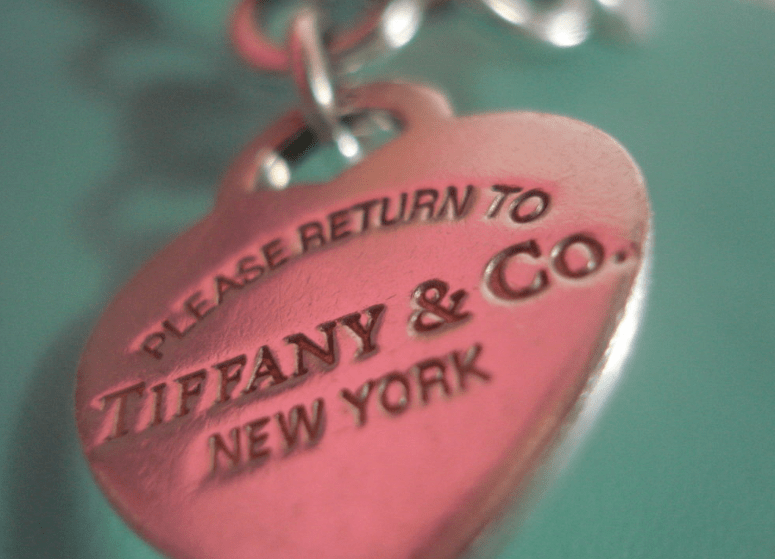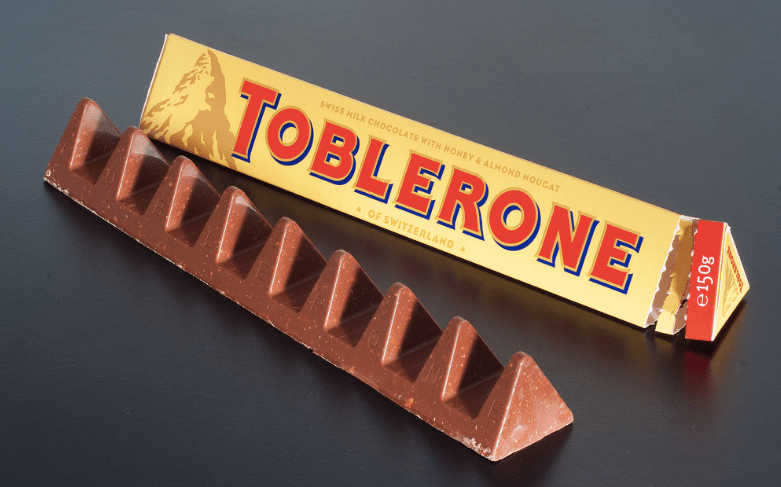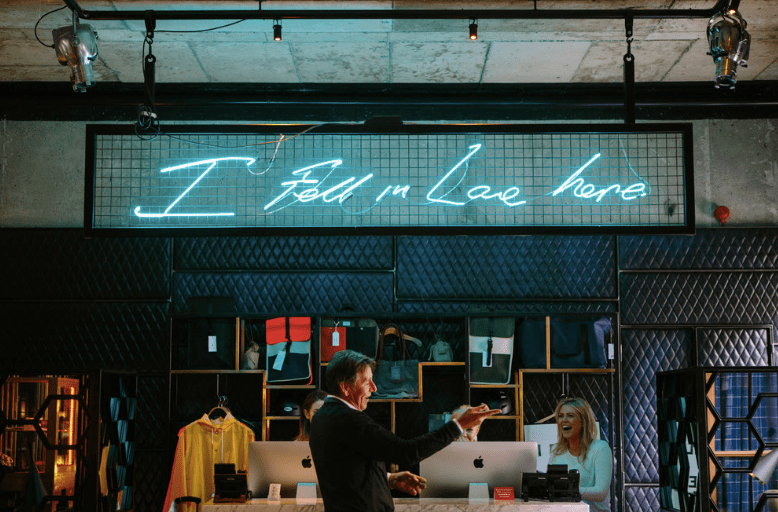The Magic
Have you ever had that sad feeling of seeing one of your favourite brands/businesses slowly decline into mediocrity?
When something that once excited you now seems compromised and ordinary?
What happened?
How did the owners lose something so special?
It might have been the fashion brands you idolised as a teenager.
Maybe it’s the bar or club that once had long lines out the door, but now seems empty.
Or it could be the family owned business that was bought by new owners, and suddenly went downhill.
I find this fascinating – how some companies preserve their appeal, whereas other make compromises that quickly sink the entire business.
What’s the difference?
I believe there’s a certain magic that makes an ordinary business become something great.
That magic, if ignored, can turn a great business into something ordinary.
Image Credit: Wikimedia Commons, Arroser
Magic seems like a flimsy term, but I feel it’s appropriate. If we could define it as simply as “Spending more on marketing” or “offering a superior service” then it would be basic economics. But it’s not.
Magic is when something becomes more valuable than the sum of its parts.
It can give a small company an advantage over a large company.
It can’t be tracked on a spreadsheet – two businesses can be identical in every way on paper, but then have two completely different feels to them.
Magic shouldn’t exist, but it does exist. It’s intangible, yet it’s so clear to customers – even very young ones.
For example, Lego has the magic.
Have you ever seen a kid building a kit that’s almost too difficult for them? Have you seen the captivation, the delight? You probably remember it yourself.
Lego is a treat.
Lego is fundamentally happy.
This week in Melbourne there’s a story about adults complaining that they can’t go to the new Lego Discovery Centre without a child with them.
Who is Lego’s competitor?
You forgot, but it’s Mega Bloks.
What kid ever asked for Mega Bloks for Christmas?
On paper, they should have significant market share.
They would have spent millions on consultants and marketing, millions on redoing their branding and advertising.
But there’s no magic.
Something is missing.
And that’s why you’ve never heard a kid ask their parents if they can please go and play with their Mega Bloks.
McDonalds has the magic.
One of my friends talks about the “McDonalds Silence” – the immediate quietness of a two-year-old engrossed in their first Happy Meal.
On paper, Hungry Jacks/Burger King should have 98% of the same appeal.
But they don’t.
Same burgers, same chips, same drinks, same boxes, similar toys.
No magic.
I had my 6th birthday party at McDonalds – and I loved it.
I even got to do a tour of their kitchen, which felt cool at the time and now seems ridiculous.
Image Credit: Federica Napoli
Tiffany has a lot of magic.
Someone else should have knocked them off their throne by now.
On paper, someone could have designed a business that is slightly cheaper/better/more convenient.
But women aren’t interested in slightly cheaper or slightly better – they want the thrill of the little blue box.
Pandora has it too.
My local shopping centre even has two Pandora stores, each with a line out the door, whilst most of the other jewellers are relatively quiet.
Image Credit: Christopher Johnson, Flickr
Even Coldplay have the magic.
As much as I dislike them, whenever they have a show nearby, you’re guaranteed to have your newsfeed full of your friends’ pictures and videos, and an earful of stories about how incredible the experience was.
The band design an experience like no one else, and it has fans raving.
In Queenstown, New Zealand, there is a burger shop that is revered more than any other business – Fergburger.
A small store with huge queues out the door, you’d be lucky to get served in under 45 minutes.
A basic burger is $12, and looks pretty much the same as what you’d get anywhere else in the world.
But it’s not.
It’s a damn good burger.
Every ingredient has been perfectly prepared – they even have their own bakery for their bread.
The experience of waiting for such a long time could possibly add to the experience, but when it’s cold there’s no way to spin it – it’s awful.
If that burger was even an 8/10 people would complain and go elsewhere.
Fortunately, Ferg have it down to a fine art, the magic is real, and the burgers are fantastic.
Down the road is an almost identical competitor, set up by a former employee.
On a spreadsheet, it looks 98% as good.
But customers walk past and sense the lack of that same magic, and walk further down to join the long line outside Fergburger.
So what’s the secret?
How do you make magic?
It’s hard to say, but you know it when you see it.
Firstly, magic comes from putting yourself in your customer’s shoes, and looking through their eyes.
This creates empathy and allows for insight – the lightbulb moments where you realise that your website isn’t clear enough, or that your reception area feels cold and unfriendly.
Magic comes from service design thinking – exploring what your customer will see, hear and feel, and asking yourself what could improve this experience?
Disney have magic down to a fine art.
How are customers greeted?
Not just what gets said, but how is it said?
How long do they have to wait?
How long were they told they would have to wait?
What promises are made?
Are they then kept, or are they broken?
Then it comes back to Value Proposition – are we giving people what they really wanted?
Does our product/service delight them?
Does it go above and beyond, or merely do the job?
Finally, it ends with tradeoffs.
Where do you cut corners to save on costs?
By all means, cut the things that aren’t important.
Lego use the same pieces across hundreds of kits, McDonalds use automation to save on staff, Fergburger have a terrible ordering system.
They know these things aren’t important to customers, but they refuse to budge on the things that matter.
Image Credit: Ashley Pomeroy
The world is full of these mistakes, where brands like Toblerone make the wrong call about product shrinkage, or where ice cream companies like Breyers switch to cheaper ingredients at the expense of customer enjoyment.
Marc Andreesen has a suggestion: Raise Prices.
He argues that you’re better off charging more, because your true fans will stick with you.
When faced with the Better vs Cheaper dilemma, the companies that choose Better are the ones who keep their magic – and their reputation.
It seems that this boils down to two things:
Magic comes from attention to detail and a spirit of generosity, and both are ultimately driven by love.
That love is fuelled by the founder – someone who put in the hard yards to create a brand that does things properly and makes people happy.
Love urges these brands to care about every sign, every box, every touch-point, and why they go the extra mile to delight people.
Fergburger even made it their slogan: Ferg Loves You.
The magic often dies when the founder leaves, because the new manager does the job with a passion for results rather than a passion for their customer.
That’s why magic is fleeting, and can’t be passed down through a recipe.
Nobody cares as much as the founder, whose toughest job is to use service design tools to preserve what makes the business special.
Keep your eye out for brands that have this intangible quality – what makes them different?
What did they say/do that creates that warm feeling?
How can we incorporate this into our businesses?
Do we have the same love for the customer?
The best books on this topic are Enchantment by Guy Kawasaki, Lovemarks by Kevin Roberts, and The E Myth Revisited by Michael Gerber.
















